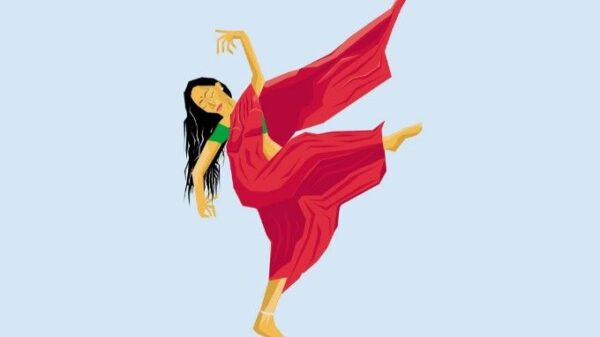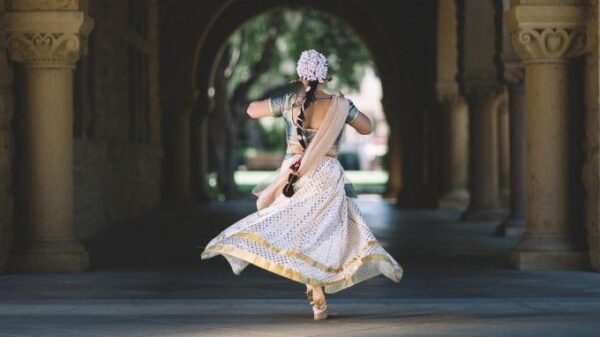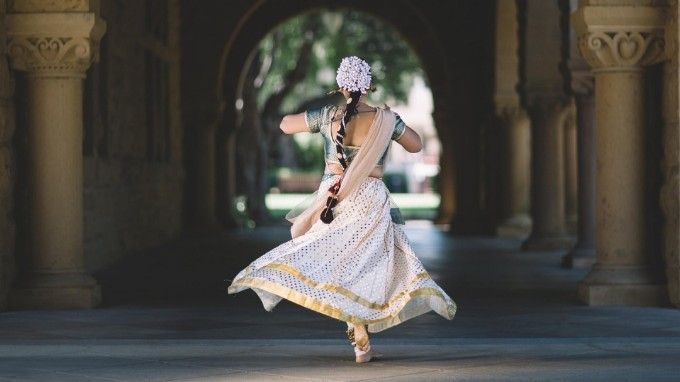Bharatnatyama is often described as one of India’s most philosophical and divine dance forms. It first started in the temples of Tamil Nadu and slowly began to receive a lot of recognition. It is a ritualistic dance which can also be called a form of storytelling. It is like a living art form which consistently transforms itself into something better. Due to global exposure, artistic experimentation and a change in social sensibilities, Bharatnatyama is evolving into a more magnificent form which still has its feet in traditional foundation. This dance has created a place for itself from centuries.
The Origin
Sage Bharat Muni is the founder of Bharatnatyama and this dance was first mentioned in the Natya Sastra where people depicted drama, music, expression and gestures with the help of the dance. This dance was originally performed by the devdasis who were women that dedicated their lives to temple service. There are many temples in Tamil Nadu which possess the carvings of this dance. One of these temples is the Brihadeeswar Temple.

The Dance
Bharatnatyama has three core components. The first one is nritta which means dance in its purest form which involves rhythm, basic footwork and movement. The second part is nritya which refers to a kind of dance that is expressive in nature like dancing in order to narrate a story to the audience. The last part is natya which suggests a dramatic or narrative component. The main themes of Bharatnayama dance are devotional themes and general mythology. Nowadays, many dancers also perform on socially relevant themes. These themes are often about environmental issues, gender identity, memory etc. There was a recent production called Subhravahini is 2025 which the sacred river Ganga was shown to have a living set of memories and it was integrated in such a magical way that it seemed as if the river spoke through dance.
Some artists also experiment by creating a fusion dance like a combination of Kathak and Bharatnatyama. There is an artist called Savitha Sastry who showcases psychological drama through her dance. She respects the classical discipline while also bringing fresh relevance to the dance by depicting that fictional and metaphorical stories. Sometimes she adds Sanskrit chants and poetry in regional or vernacular languages.
The Modern Changes
Purists resolutely stand by the classical, original Bharatnatyama dance and they feel that any innovative change will reduce the classical purity and grandeur of the dance. There is also a pressure for the dance to be commercialized so that it gets more popularity. If the dance obtains views, it will get enormous stage shows. There is a risk that in order to ‘sell’ performance, sometimes people will prefer mere spectacle as compared to the depth of the dance. Bharatnatyama originally had a guru shishya system which was an extremely valuable bond and although many people now learn the dance with the help of online classes, that kind of bond is very hard to replicate.

In conclusion, Bharatnatyama’s origin lies within the spiritual, cultural and aesthetic beauty of our nation. It is a very prominent dance form in temple rituals and when it comes to showcasing divine expression and a technique which is both poised and fixed. In 2025, the dance is embracing social change while preserving what is essential. It is a kind of art which has the expressive intricacy of abhinaya and the theoretical depth of Natya Sastra. It is a kind of dance which requires so much of discipline that it is like the rhythm practice of adavus. Bharatnatyama is truly the masterpiece dance of India.
Author
Shreeja Mukherjee


